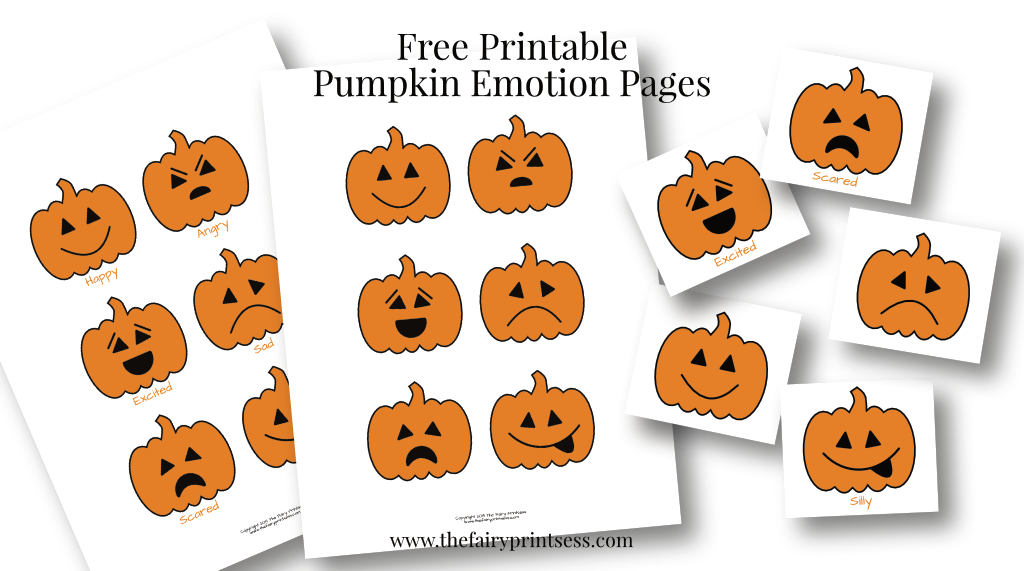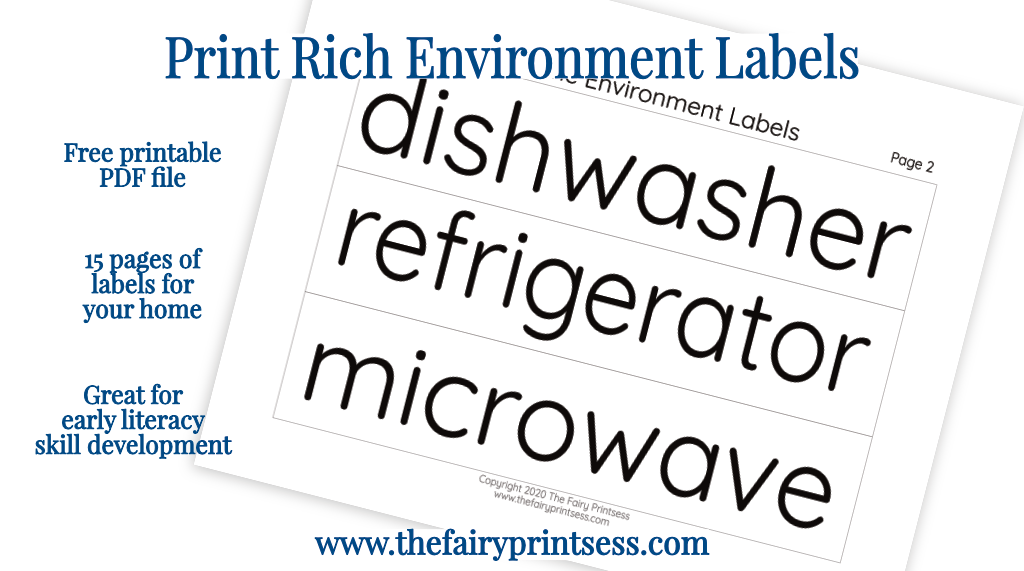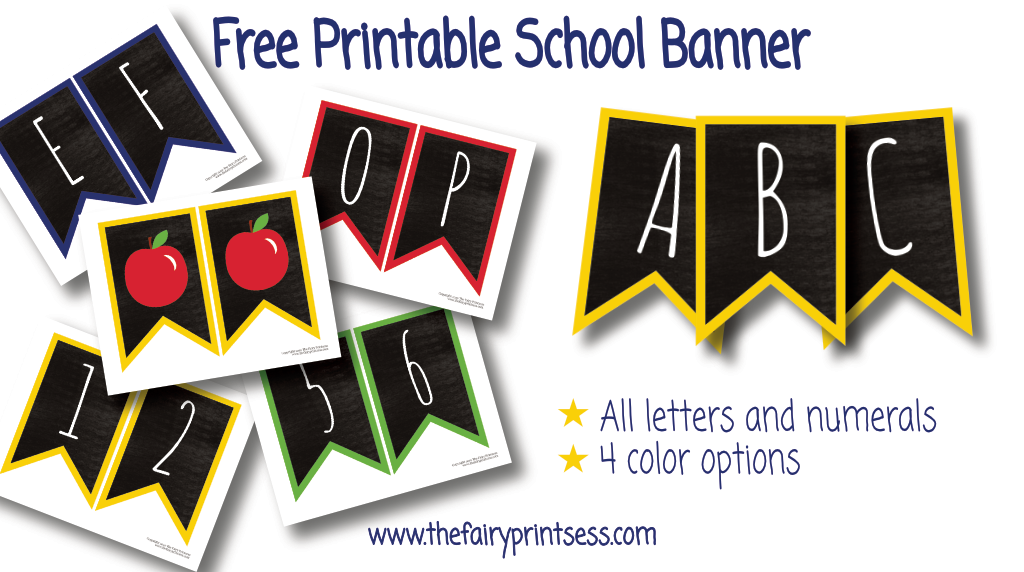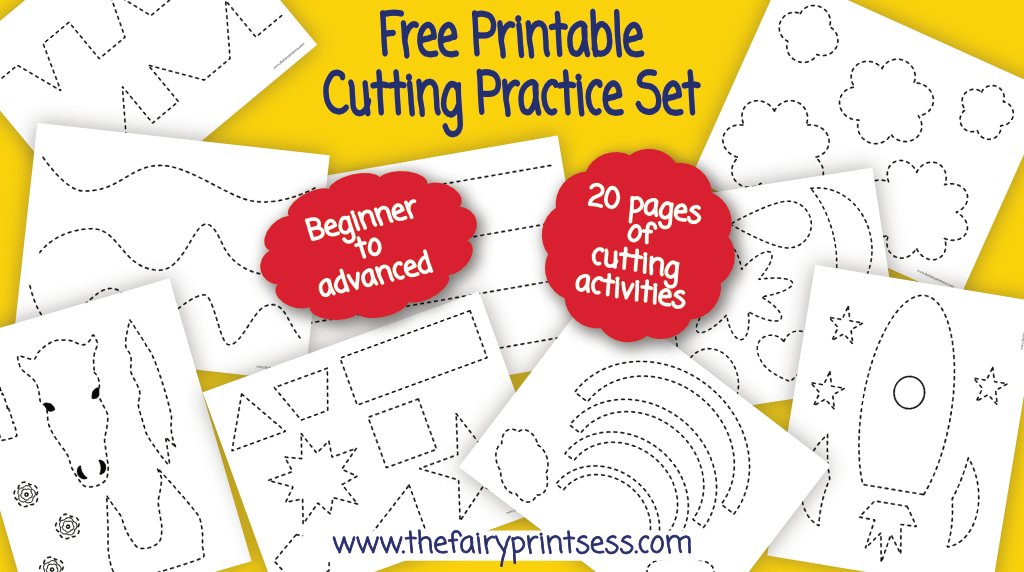
This cutting practice set is here just in time for back to school! Many people are homeschooling or helping their children with virtual school at home. This set of activities is a fun way to enhance your child’s fine motor skill development. Plus, the whole set is available in a free printable PDF file. Skip to the bottom if you are ready to download, or read on for more information.
Why are cutting skills important?
Cutting with scissors helps to develop and strengthen the little muscles in a child’s hand. It also enhances bilateral coordination (using both sides of the body together in a controlled fashion), since the child must hold the paper, turn the paper, and cut at the same time. Cutting also requires hand-eye coordination, as visual tracking is necessary to follow the scissors along the paper. Cutting practice helps to strengthen the muscles a child will need for proper grip and motor control when learning to write.
Pre-Cutting Skills
If you have a little one who is not ready for cutting yet or really struggles with grip and control when cutting, you may want to work on some pre-cutting fine motor development. Using a spray bottle is one way to strengthen those tiny muscles. Some examples of spray bottle activities include watering plants, mixing a little paint with water for some fun spray paint art, cleaning a chalk or white board with water, washing toy cars, using the spray bottle at a water table, etc.
Another way to develop those squeeze and release muscles is with grip tools, such as clothespins and tweezers.
Smaller clothespins (like the ones used for baby shower games) can be easier for little fingers. Plastic tweezers are excellent for developing fine motor strength in little hands as well. They make various sizes of kids’ plastic tweezers. The small ones are good for picking up tiny items, like perler beads, and jumbo tweezers (which I find for the best price at Dollar Tree) can pick up slightly larger items, like craft pom poms.
How do I teach my child to use scissors?
For young children, always use safety scissors that are made specifically for them. Safety scissors have a blunt tip, are smaller in size, and less sharp than adult scissors. Safety scissors for school age children can generally be found at local stores, like Target and Wal Mart.
If your little one is working on the squeeze and release action, you can try adaptive training scissors. The training scissors I prefer to use have a movable spring between the grip handles. When the spring is engaged, the scissors automatically reopen after squeezing. As their fingers get stronger, you can move the spring out of the way, when your littles no longer need it. I’ve used this type of training scissors in the past for my oldest daughter and currently for my youngest. I also used them with my students when I was a teacher, and they are definitely my favorite choice for little ones learning to use scissors.
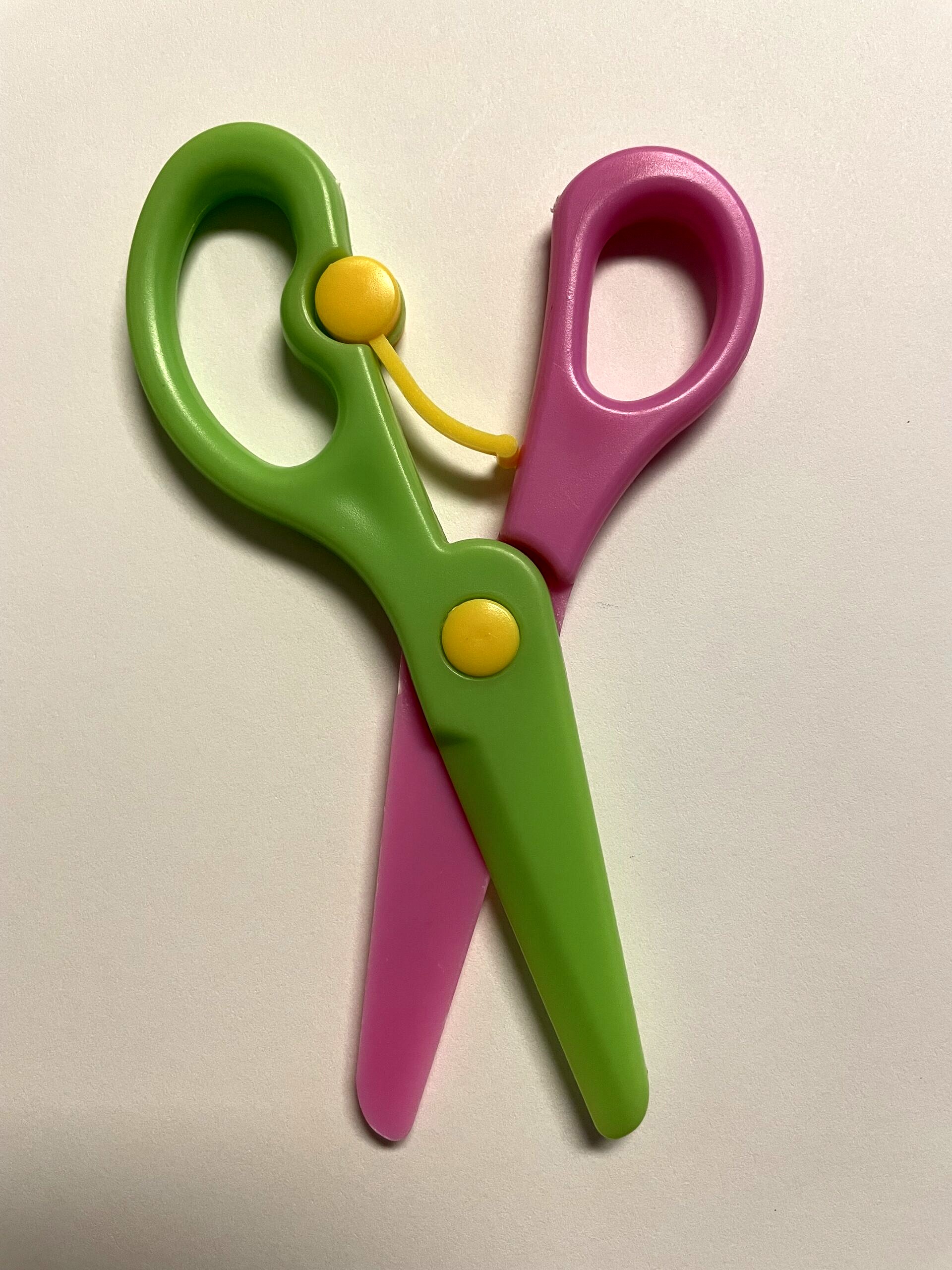
Model how to hold the scissors, and help your child adjust his/her fingers to hold them properly. Begin by having your child snip paper (making small cuts in the edges of a piece of paper). Once they have mastered this skill, then you can move on to cutting across paper and across lines.
When teaching your child to cut across lines, start with broader strokes/thicker lines. As his/her skills improve, you can make the lines thinner.
Quick Tips For Cutting Practice
- Be patient. Using scissors requires a lot of practice over time to develop those little hand muscles.
- Start with heavier paper, like cardstock or construction paper, as it’s a little easier to grip and control when cutting.
- Your child might not be ready to cut lines and complex designs right away. That’s ok! Let them do less structured cutting activities, such as snipping old magazines, coupons, cereal boxes, etc., until he or she gets the hang of it.
- Have fun! Don’t worry about perfect lines. The purpose of doing these activities is to strengthen those little hands and develop motor coordination.
Cutting Practice Set Description
Skip to the bottom of the post if you are ready to download the PDF file!
These cutting activities include 20 pages of beginner to more advanced scissor skills practice. The first sections of the set include straight lines, curved lines, angled lines, and various shapes.




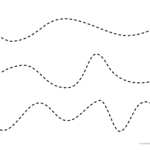
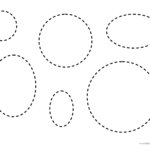
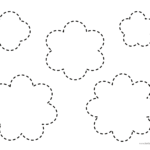



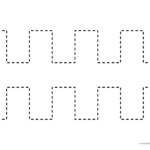



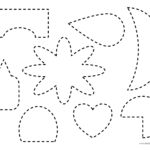
The last few pages feature more advanced cutting practice activities that can be colored, cut out, and glued onto a separate sheet of paper (see below).
Spiral Streamer Cutting Activity
This page features a continuous curved spiral, which, once cut out, can be hung as a decoration. Print on patterned paper or allow your child to color the spiral before cutting to make it even more fun!

Unicorn Cutting Activity
This page includes a unicorn face, alicorn, hair, upper body, and decorative flowers.
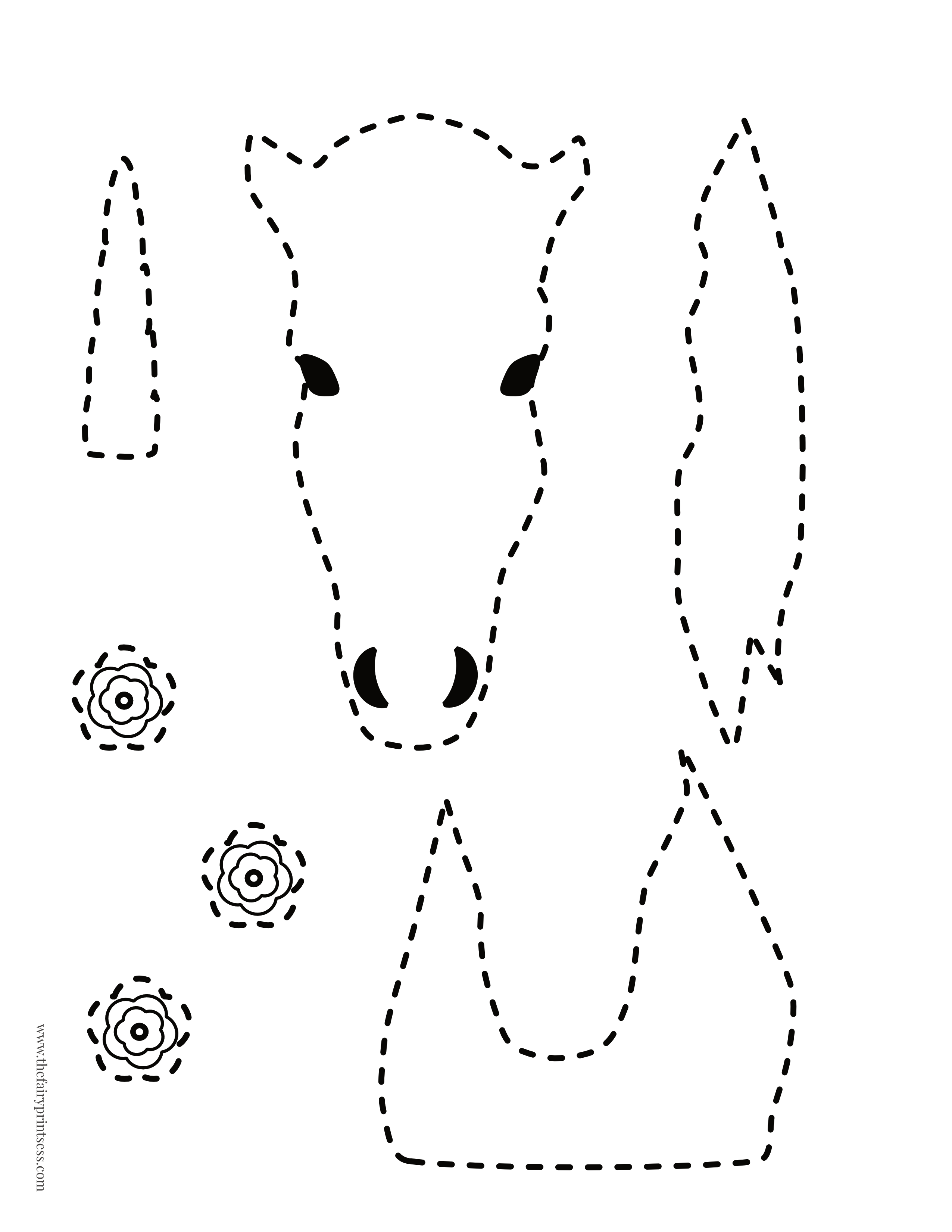
Rainbow Cutting Activity
This activity features rainbow arches and two clouds.
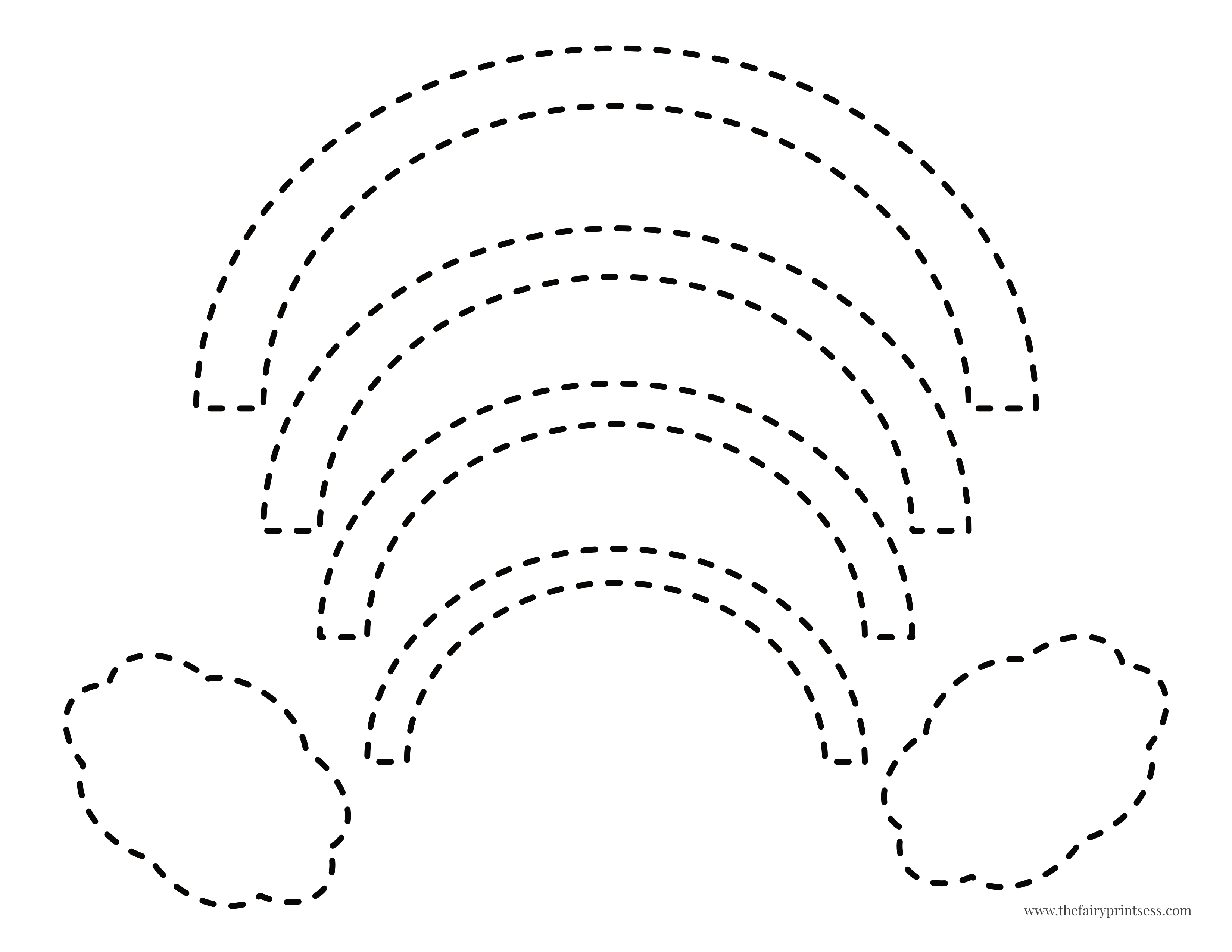
Silly Haircut Activity
This fun page includes a smiley creature with silly hair. Once your child cuts along the dotted lines, he/she can have fun giving the character a haircut by cutting the long strands on the ends.
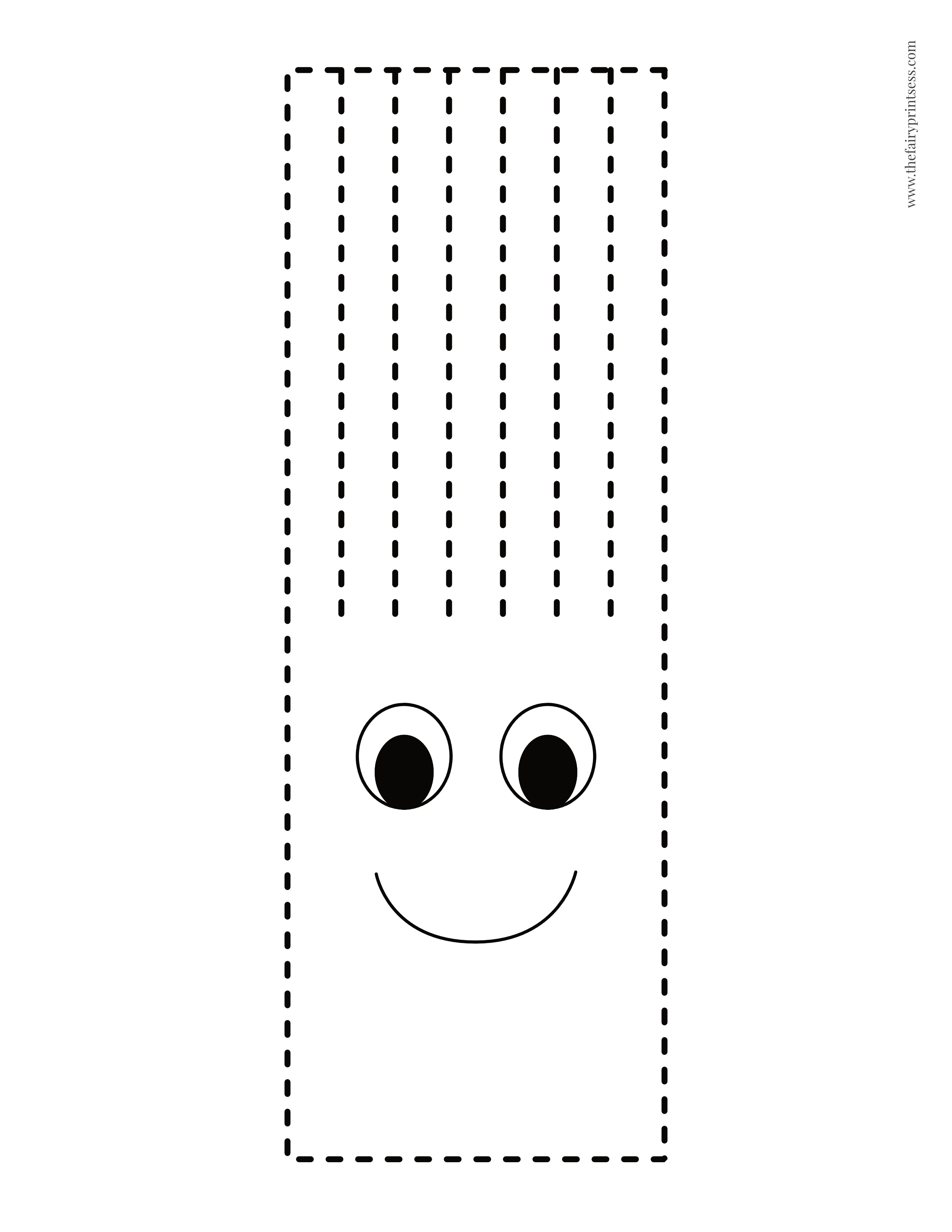
Space Rocket Cutting Activity
This activity page features a fun rocket ship with stars.
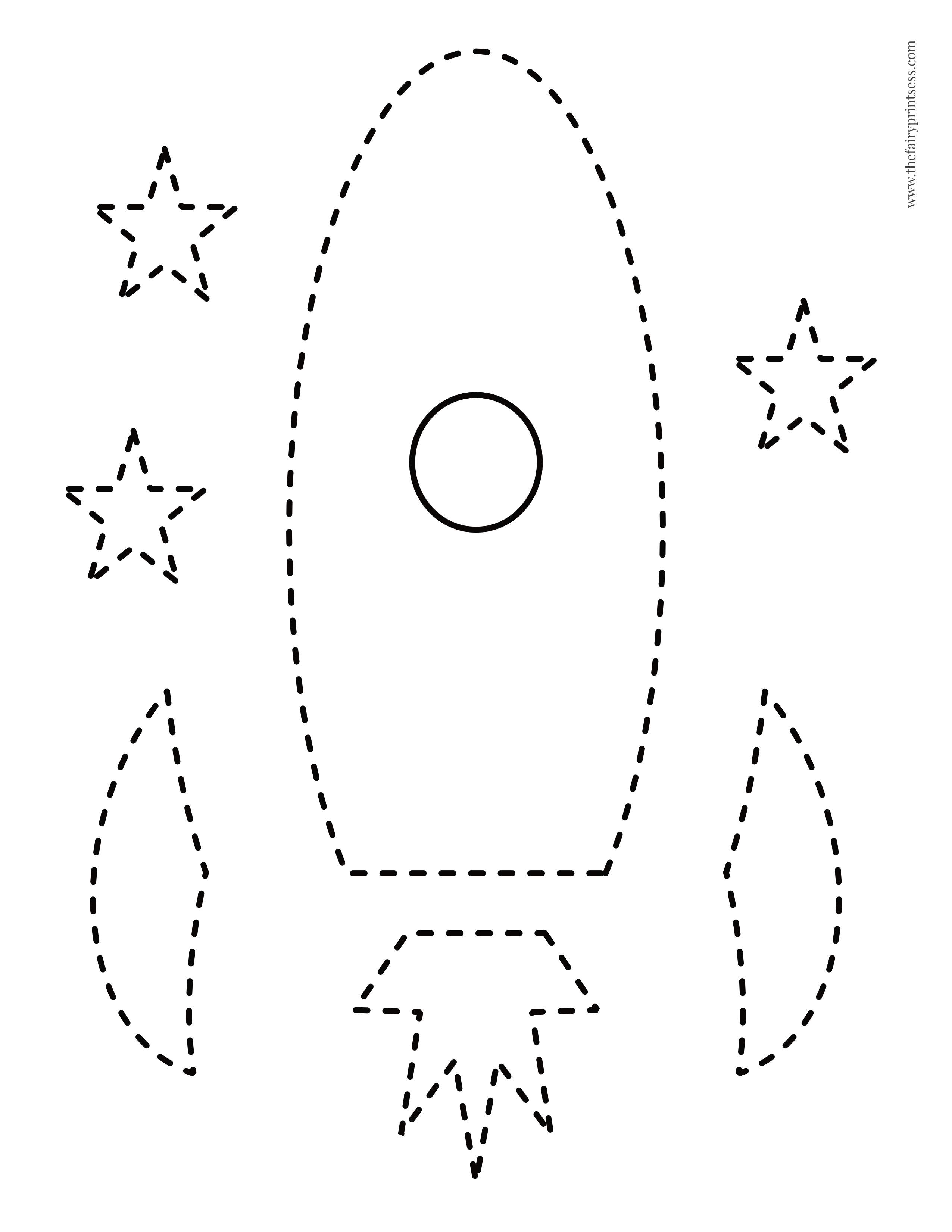
Details For Downloading
Simply click on the file below to download and save to your device. Print as many as you like!
This set is free for non-commercial use. So feel free to use it for home activities, projects, crafts, classroom purposes, and more!
You may not use or reproduce these activity pages for profitable purposes. (See terms and conditions.)
Cutting Practice Set PDF File
More free kid printables!
Looking for more free printable activities for the kiddos? Check these out:
Printable Summer Activities Set
Pin It For Later!
Have a great day!

